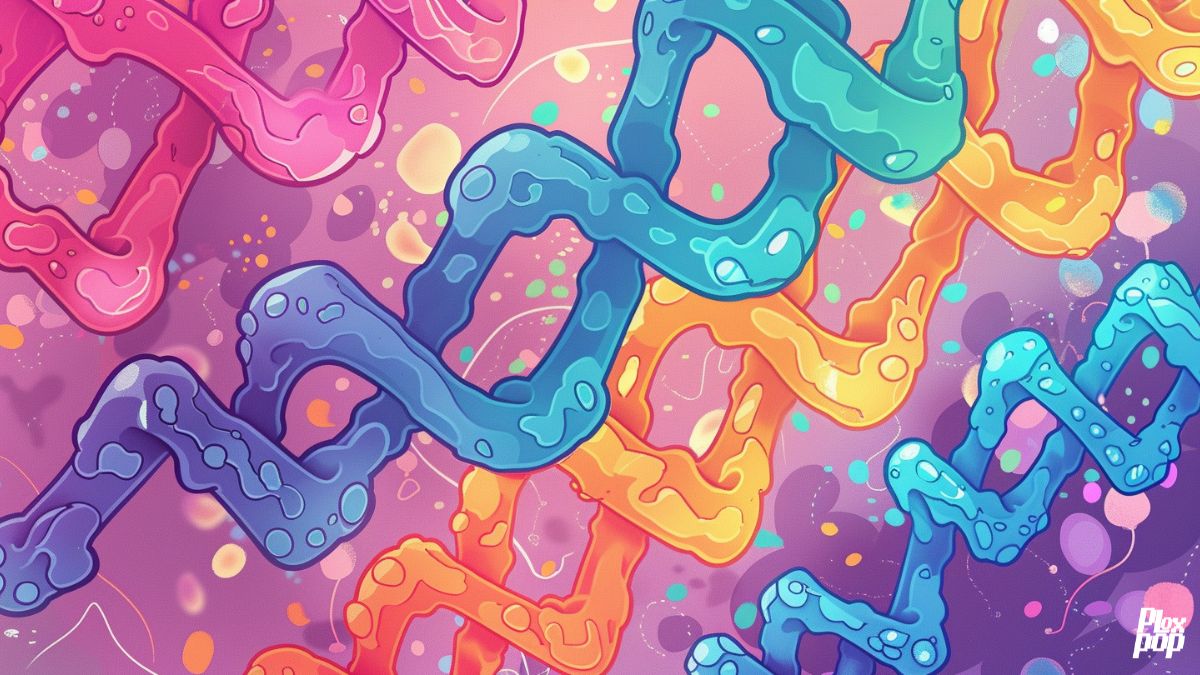Scientists have made a fascinating discovery that sounds like something out of a science fiction story. They’ve found that the Y chromosome, which plays a crucial role in making a person male, is slowly losing its genes. Now, the disappearance of the Y chromosome raises questions about the future of male characteristics and reproduction.
Why the Y Chromosome Is Disappearing
Humans have 23 pairs of chromosomes, which are long strands of DNA containing our genes. These genes act as instructions for building and maintaining our bodies. Of these pairs, one is the sex chromosomes: X and Y. Females have two X chromosomes (XX), while males have one X and one Y (XY). The Y chromosome carries genes that are crucial for male development, including the development of male reproductive organs.
Over millions of years, the Y chromosome has been losing genes. Initially, the X and Y chromosomes were similar in size and gene content. However, due to the way the Y chromosome is inherited — only passed from father to son — it doesn’t undergo the same type of genetic shuffling that other chromosomes do during reproduction. This process, known as recombination, helps to eliminate harmful mutations and introduce genetic diversity. The Y chromosome’s isolation from this process means that once it loses a gene, the loss is permanent.
Research suggests that the Y chromosome has gone from about the same size as the X chromosome, with a similar number of genes, to having only around 55 genes today. This decline is significant compared to the X chromosome’s approximately 900 genes. If we project this rate of gene loss into the future, scientists estimate that the Y chromosome could potentially disappear in about 11 million years.
Learning from Nature
The idea of reproducing without the Y chromosome isn’t completely new. Some reptiles can reproduce through a process called parthenogenesis, which doesn’t require a male. However, this process doesn’t work for humans, who need genetic material from both parents.
Studies of other species also provide valuable insights into the Y chromosome’s fate. For example, the examination of the platypus genome revealed that its sex chromosomes are more similar to each other than human X and Y chromosomes are. This suggests that the process of gene loss on the Y chromosome has been happening across different species, not just humans.
The disappearance of the Y chromosome raises questions about the future of male characteristics and reproduction. However, nature already offers examples of species adapting to the loss of the Y chromosome. Certain rodent species, such as the European mole vole and the spiny rat, have lost their Y chromosomes but continue to reproduce and maintain male characteristics through alternative genetic mechanisms.
Their survival hints at how humans might also adapt if the Y chromosome were to disappear. The key seems to be in how other genes take over the roles that the Y chromosome used to play.
The disappearing Y chromosome is more of a curiosity than an immediate problem. It shows us how life can adapt to genetic changes. More importantly, it reminds us of the need to take care of our planet for future generations. Whether or not the Y chromosome disappears, the survival of humans depends on the health of our environment.






Leave a Comment